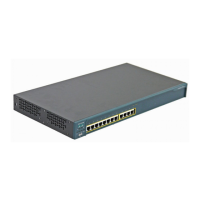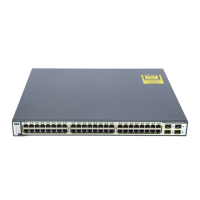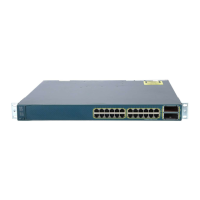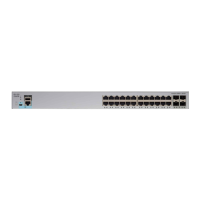7-20
Catalyst 6500 Series Switch Software Configuration Guide—Release 8.7
OL-8978-04
Chapter 7 Configuring Spanning Tree
Understanding How Multiple Spanning Tree Works
Figure 7-10 Network with Interconnected SST and MST Regions
To the spanning-tree protocol running in the SST region, an MST region appears as a single SST or
pseudobridge. Pseudobridges operate as follows:
• The same values for root identifiers and root path costs are sent in all BPDUs of all the pseudobridge
ports. Pseudobridges differ from a single SST bridge as follows:
–
The pseudobridge BPDUs have different bridge identifiers. This difference does not affect STP
operation in the neighboring SST regions because the root identifier and root cost are the same.
–
BPDUs that are sent from the pseudobridge ports may have significantly different message ages.
Because the message age increases by 1 second for each hop, the difference in the message age
is in the order of seconds.
• Data traffic from one port of a pseudobridge (a port at the edge of a region) to another port follows
a path that is entirely contained within the pseudobridge or MST region.
• Data traffic belonging to different VLANs may follow different paths within the MST regions that
are established by MST.
• Loop prevention is achieved by either of the following:
–
Blocking the appropriate pseudobridge ports by allowing one forwarding port on the boundary
and blocking all other ports.
–
Setting the CST partitions to block the ports of the SST regions.
• A pseudobridge differs from a single SST bridge because the BPDUs that are sent from the
pseudobridge’s ports have different bridge identifiers. The root identifier and root cost are the same
for both bridges.
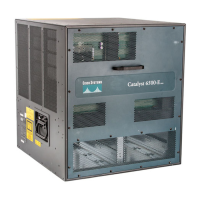
